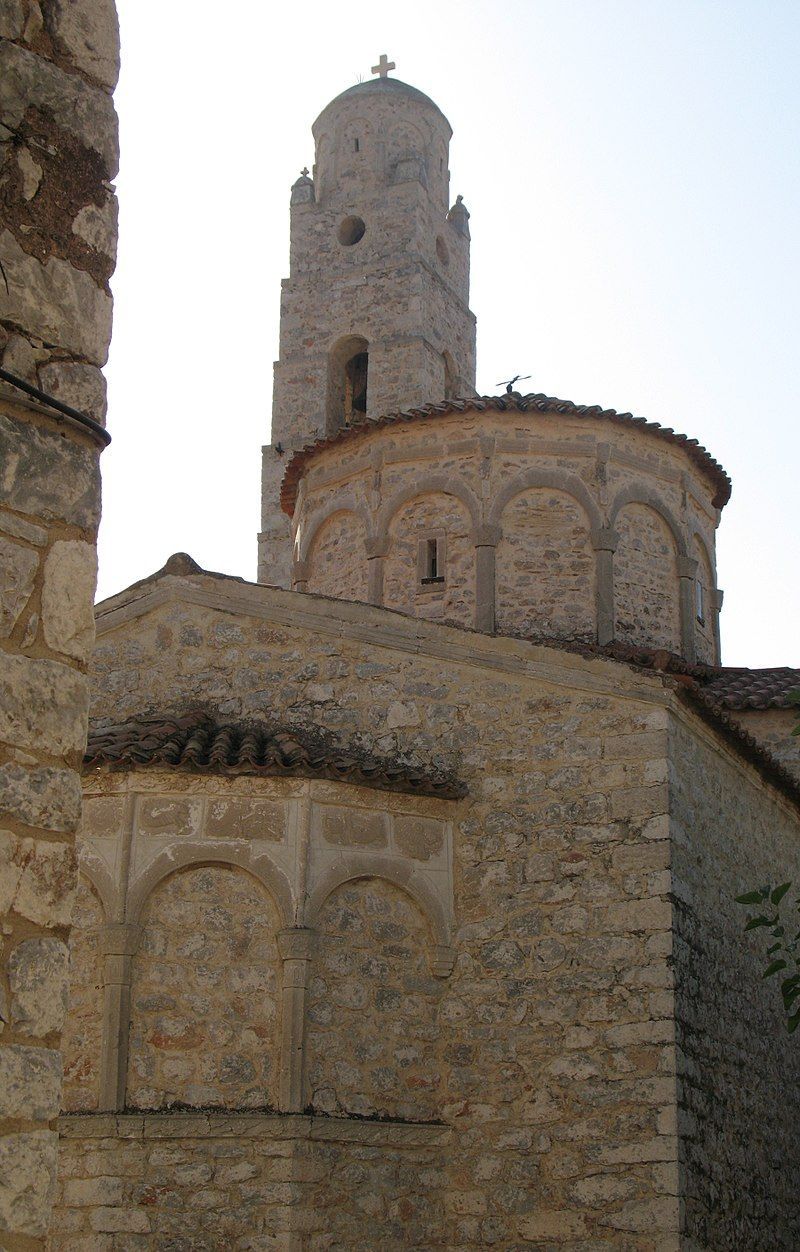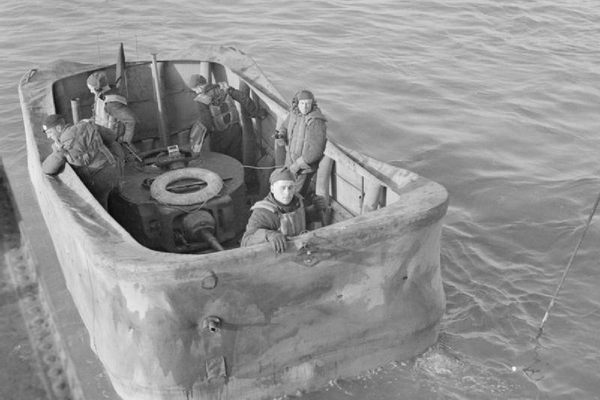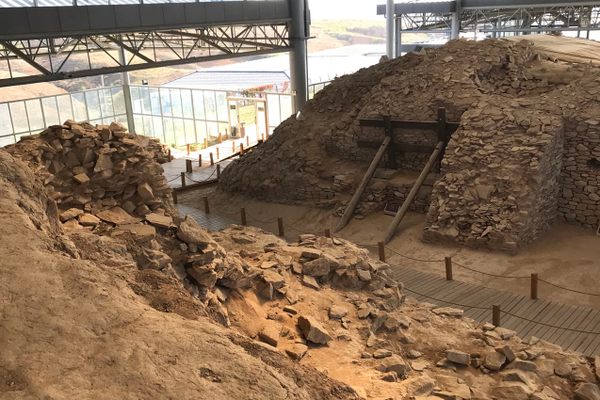About
It can be hard to nail down exactly where revolution is sparked. Unrest and oppression usually spread the seeds of revolt around pretty generously. But the start of the Greek War of Independence can most likely be placed squarely in this town: Areopolis, “The City of Ares,” when on the 17th of March in 1821 a man named Petros Mavromichalis (aka Petrobey) raised the Greek flag of war in defiance of centuries of Ottoman rule.
The town is tiny, less than a thousand people. Today its name pays tribute to the ancient Greek god of war, but it was known for most of its existence as “Tsimova,” its 7th century Slavic name. Renamed Areopolis in the early 20th century, it was here that Petrobey first declared Greek autonomy from the Ottoman Turks, igniting a decade-long fight for independence after four hundred years of occupation.
This part of Greece, known as “The Mani,” was home to the ancient Maniots, a fiercely proud people, led in the early 19th century by Petrobey, whose monument stands in the town square. Although the spirit of revolution was widespread in Greece, the raising of the flag of war on that day in May is recorded as the first act of direct defiance against the Turks. Noting its place in the march to an autonomous Greece, Areopolis is now protected by the government as a historical monument.
Until relatively recent history, much of the Mani was accessible only by sea, and towns like Areopolis were often invaded by pirates. Some say many of today’s descendants can trace parts of their lineage back to those very invaders.
A sense of independence still characterizes the town, where there’s a church on the main square, stone streets, a central open air market — and at least one restaurant called “The Black Pirate.”
Related Tags
Know Before You Go
Areopolis is in the southwest of the Peloponnese Peninsula, in Laconia. You can get their from either Kalamata (about 50 miles to the northwest) or Sparti (about 40 miles to the northeast).
Community Contributors
Added By
Published
June 7, 2016

















































